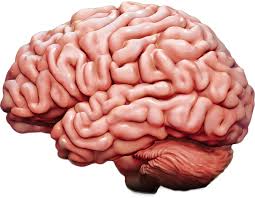
New Study Uncovers Two Distinct Phases of Brain Damage in Alzheimer’s Disease
Alzheimer’s disease might damage the brain in two distinct phases, according to new research. The study, which involved advanced brain scans, suggests that the disease has an early phase that progresses slowly and silently, laying the groundwork for a second, more destructive phase that causes the traditional symptoms associated with Alzheimer’s.
This new understanding of Alzheimer’s could lead to improved treatments, says Dr. Richard Hodes, director of the National Institute on Aging. “The results fundamentally alter scientists’ understanding of how Alzheimer’s harms the brain and will guide the development of new treatments for this devastating disorder,” Hodes explained.
Traditionally, Alzheimer’s has been seen as progressing through several stages marked by increasing neuron death, inflammation, and toxic protein accumulation. However, the latest findings suggest that the disease unfolds in just two main phases, with the most severe brain damage and cognitive decline occurring rapidly in the second phase.
The Two Phases of Alzheimer’s
The study examined the brains of 84 individuals and found that the first phase of Alzheimer’s occurs before any noticeable memory problems. This phase involves the loss of inhibitory neurons—brain cells responsible for sending calming signals to other neurons, preventing overactivity. Losing these neurons may strip the brain of essential protective mechanisms.
In addition to neuron loss, the first phase is characterized by a gradual buildup of toxic amyloid plaques, activation of the brain’s immune system, and damage to the myelin insulation that protects neurons. This phase can last for years without obvious symptoms, making early detection difficult.
Dr. Hodes emphasized the importance of identifying these early changes: “The ability to detect these early changes means that, for the first time, we can see what is happening to a person’s brain during the earliest periods of the disease.”
Once this initial groundwork has been laid, the second phase begins, and people start experiencing memory loss and other cognitive impairments. During this phase, the brain suffers from rapid accumulation of amyloid beta plaques and tau tangles, hallmarks of Alzheimer’s.
Advanced Tools Reveal New Insights
Researchers gained these insights by using advanced genetic analysis to study cells in the middle temporal gyrus, a brain region involved in language, memory, and vision. By comparing healthy brains with those affected by Alzheimer’s, they were able to map out a genetic and cellular timeline of disease progression.
This research could be a game-changer for Alzheimer’s diagnosis and treatment, offering a clearer picture of how the disease develops and where therapeutic interventions might be most effective.